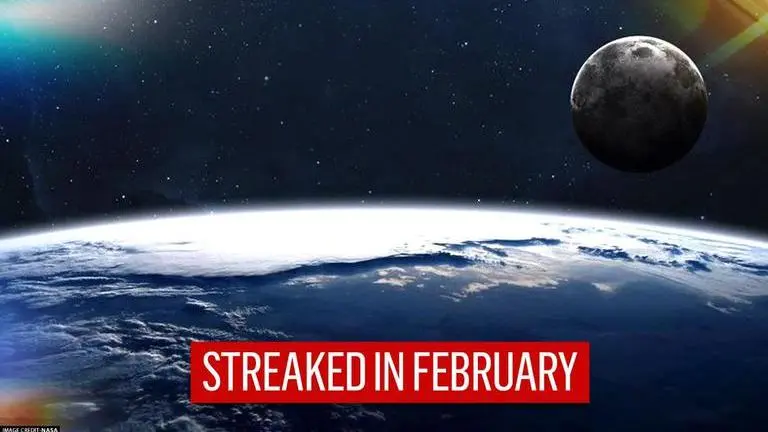Updated 12 October 2020 at 15:48 IST
NASA says 'asteroid' approaching Earth turned out to be 'mini-moon'; all you need to know
Named as asteroid 2020 SO initially, the minion was detected by the NASA and University of Arizona-funded Catalina Sky Survey in the month of February.
- Science News
- 2 min read

NASA has resolved the mystery of the ‘mini-moon’ which was discovered orbiting the Earth a few months ago. Astronomers at Arizona's Steward Observatory said that they had discovered a second natural satellite that got caught in Earth's orbit then shot to a distant solar system. While NASA astronauts had suspected the tiny satellite to be a rare mini-moon, it recently found that the cosmic rock was, in fact, an old rocket from a failed moon-landing mission 54 years ago.
"I'm pretty jazzed about this,” NASA's leading asteroid expert, Paul Chodas said in an AP report. "It's been a hobby of mine to find one of these and draw such a link, and I've been doing it for decades now,” he added.
Named as asteroid 2020 SO initially, the mini-moon was detected by the NASA and University of Arizona-funded Catalina Sky Survey. Astronomer Kacper Wierzchos, senior research specialist announced the discovery on Twitter on February 25, saying, a natural satellite 6.2 and 11.5 feet (1.9 to 3.5 m) in diameter, consisting of a carbon-rich asteroid was discovered. “Earth has a new temporarily captured object/Possible mini-moon called 2020 CD3.,” he declared.
BIG NEWS (thread 1/3). Earth has a new temporarily captured object/Possible mini-moon called 2020 CD3. On the night of Feb. 15, my Catalina Sky Survey teammate Teddy Pruyne and I found a 20th magnitude object. Here are the discovery images. pic.twitter.com/zLkXyGAkZl
— Kacper Wierzchoś (@WierzchosKacper) February 26, 2020
Here's an animated GIF of our new mini-moon 2020 CD3, discovered by @WierzchosKacper. Rotating frame keeps the Earth/Sun line stationary. Orbital elements courtesy of IUA MPEC. https://t.co/dok3jn3G9hhttps://t.co/x1DXWLq2vm pic.twitter.com/O3eRaOIYjB
— Tony Dunn (@tony873004) February 26, 2020
Advertisement
In the new finding, NASA said that the object was actually a Centaur upper rocket stage that propelled NASA’s Surveyor 2, the second lunar lander in the American Surveyor program into space in 1966. The lander had crashed, the rocket, however, entered into orbit around the sun and was assumed lost until recently, when a telescope in Hawaii detected it. The mini-moon was hastily added to the International Astronomical Union's Minor Planet Center’s list of asteroids.
Near circular orbit 'unusual'
"Flag number one," AP quoted Paul Chodas saying, who thought that the object, roughly 26 feet, had a near-circular orbit quite similar to Earth’s which he thought was “unusual”. Director of the Center for Near-Earth Object Studies at NASA's Jet Propulsion Laboratory in Southern California, further added, that the untitled object was on the same plane as Earth and approached Earth at 1,500 mph. This was, by far, an asteroid and seemed like an old Centaur. Astronomers later found it to be a space junk by charting its orbit radiation and thermal effects of sunlight.
Advertisement
(With AP Inputs)
Published By : Zaini Majeed
Published On: 12 October 2020 at 15:49 IST
